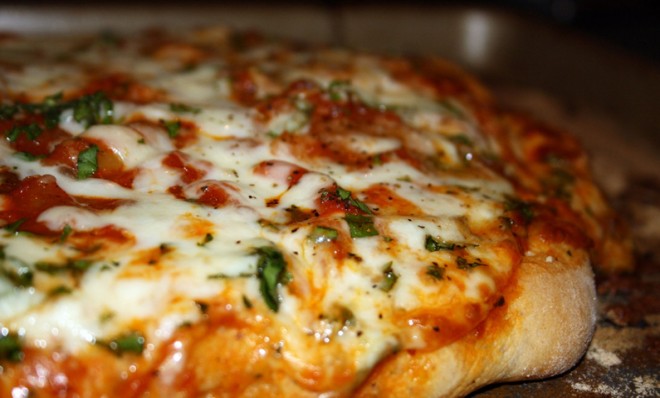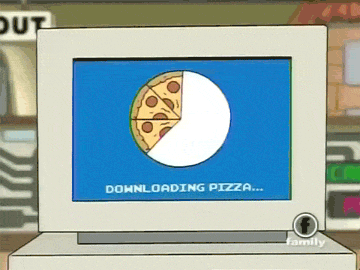Why NASA is funding a 3D pizza printer
Hint: It involves space travel

You could argue that the different eras of human history have been defined by a few key innovations. Advancements in agriculture some 10,000 years ago allowed our nomadic ancestors to finally stay put in one place. Alexander Graham Bell and his rivals changed telecommunications forever in the 19th century with the advent of the phone. The Internet's rise in the '90s sparked an era of boundless information, and the smartphone in 2007 put that information in the palm of our hands.
All of which is sure be to eclipsed by what could be mankind's greatest achievement to date. Behold: The 3D pizza printer.

Okay, so it doesn't exist just yet. But NASA is hoping to usher in a food revolution by giving mechanical engineer Anjan Contractor a $125,000 grant to make his plans for 3D-printed dinners a reality.
The Week
Escape your echo chamber. Get the facts behind the news, plus analysis from multiple perspectives.

Sign up for The Week's Free Newsletters
From our morning news briefing to a weekly Good News Newsletter, get the best of The Week delivered directly to your inbox.
From our morning news briefing to a weekly Good News Newsletter, get the best of The Week delivered directly to your inbox.
According to The Verge's Aaron Souppouris, the printer will use open-source software and hardware based on the RepRap Mendel 3D printer. Instead of ink, the device will use "basic 'building blocks' of food in replaceable powder cartridges," says Souppouris — stuff like water, oil, flour, and tomato powder.
Contractor's hope is that the printer will one day revolutionize food production on a global scale, minimizing waste by creating exactly what you want, when you want it. And it won't be just for pizza either. Per Quartz:
He sees a day when every kitchen has a 3D printer, and the earth's 12 billion people feed themselves customized, nutritionally appropriate meals synthesized one layer at a time, from cartridges of powder and oils they buy at the corner grocery store. Contractor's vision would mean the end of food waste, because the powder his system will use is shelf-stable for up to 30 years, so that each cartridge, whether it contains sugars, complex carbohydrates, protein, or some other basic building block, would be fully exhausted before being returned to the store. [Quartz]
So how exactly does NASA fit into all of this? The space agency is hoping that a 3D printer will prove economical enough to bring aboard a future spaceship charged with exploring the universe's farthest corners. (We hear astronauts prefer spicy food, by the way.) Yes, what the space agency is essentially envisioning is the food replicator dreamed up in Star Trek.
Here's a very early prototype of Contractor's printing system, which is being used to print a chocolate dessert. (Not very exciting stuff, but it's a start.)
A free daily email with the biggest news stories of the day – and the best features from TheWeek.com
As for pizza? Contractor's proposal will first "print" the dough layer. Tomato powder, water, and oil are then mixed together, while the printer's base plate begins cooking the dough. A nondescript "protein layer" is then added to finish things off. Buon appetito.
-
 ‘Let 2026 be a year of reckoning’
‘Let 2026 be a year of reckoning’Instant Opinion Opinion, comment and editorials of the day
-
 Why is Iran facing its biggest protests in years?
Why is Iran facing its biggest protests in years?TODAY’S BIG QUESTION Iranians are taking to the streets as a growing movement of civic unrest threatens a fragile stability
-
 How prediction markets have spread to politics
How prediction markets have spread to politicsThe explainer Everything’s a gamble